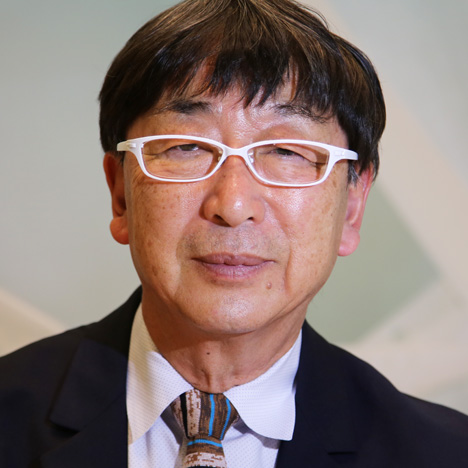"I think of architecture as a piece of clothing to wrap around human beings," says Toyo Ito
Movie: Pritzker Prize-winning architect Toyo Ito tells Dezeen that, while his buildings vary in material and style, the key to all of them is their close relationship with the people that inhabit them.
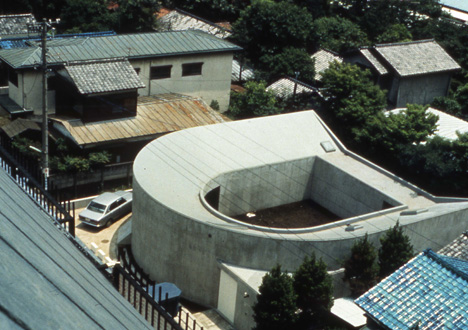
"A lot of architecture looks more beautiful without human inhabitants," Ito says in this movie filmed in Milan. "But I have always intended to design architecture to look more beautiful with humans present."
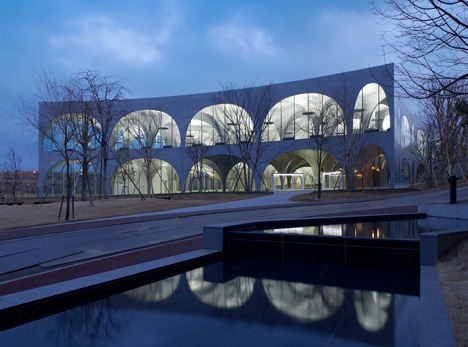
He adds: "When I think about architecture, I think of it as a piece of clothing that must be wrapped around human beings."
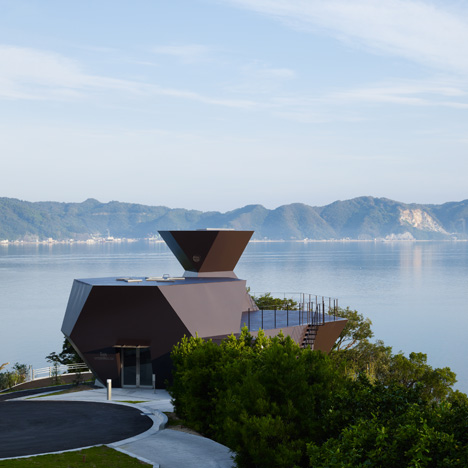
Ito says that many of the forms he uses in his buildings are taken from the natural world.
Dezeen Book of Interviews: our new book, featuring conversations with 45 leading figures in architecture and design, is on sale now
"I have always wanted to reduce the gap between architecture and nature," he says. "I don't want people to live removed from nature. I want people to live and work amongst nature as much as possible."
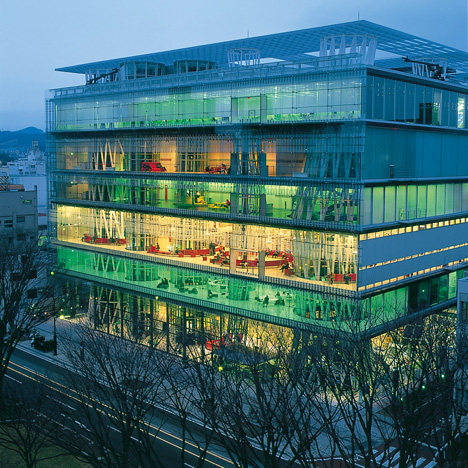
Three of Ito's most high-profile buildings – Sendai Mediatheque, Mikimoto Ginza and Tod's Omotesando – each try to recreate the experience of being in a forest, he says.
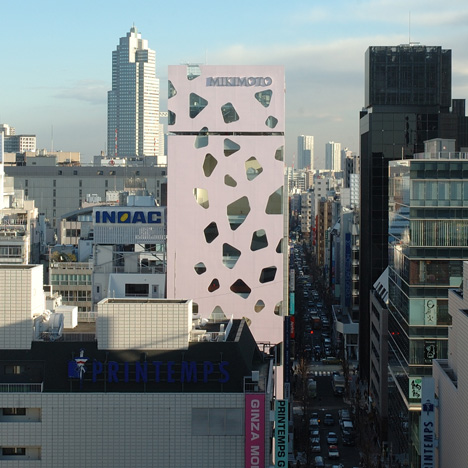
"For the Sendai Mediatheque building I used many tree trunk-like tubes," he explains. "The Mikimoto building is commercial architecture, so we couldn't design the interior."
"But we could affect how light entered. Light enters the building as if it is falling through trees. This natural element is what links the two buildings."
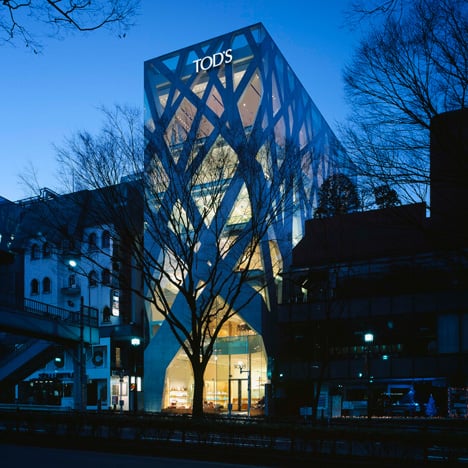
He continues: "Tod's Omotesando building has a much more obvious tree-like structure. I decided to surround the space completely with a tree-like structure to create the feeling of being in nature."
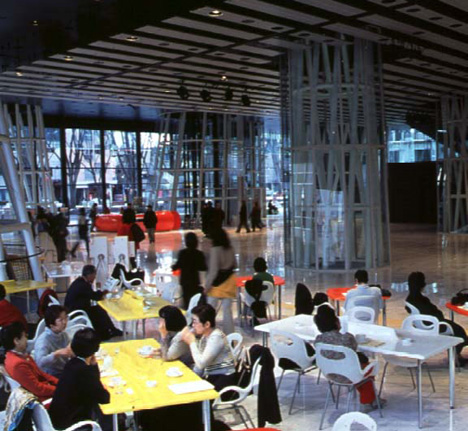
While his appropriation of nature can lead to some striking forms, Ito says his focus is always on the human inhabitants.

"Both my Sendai Mediatheque and Mikimoto Ginza buildings have very strong concepts behind their structures," he says. "But that is not really important. It is more about how the structure can create a space for human beings."
